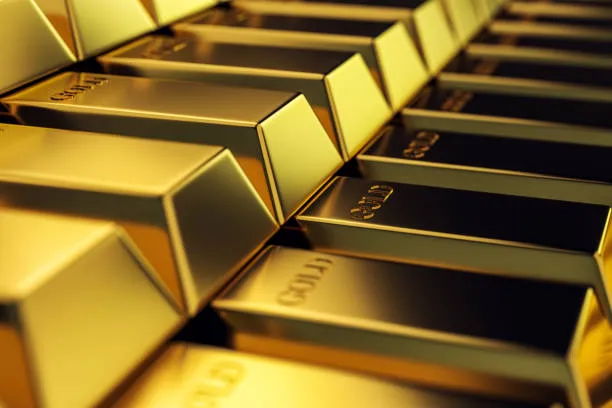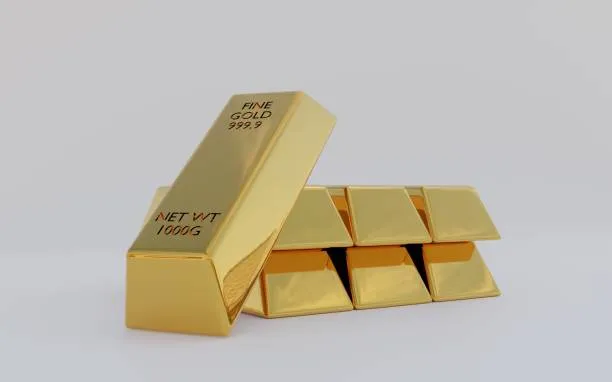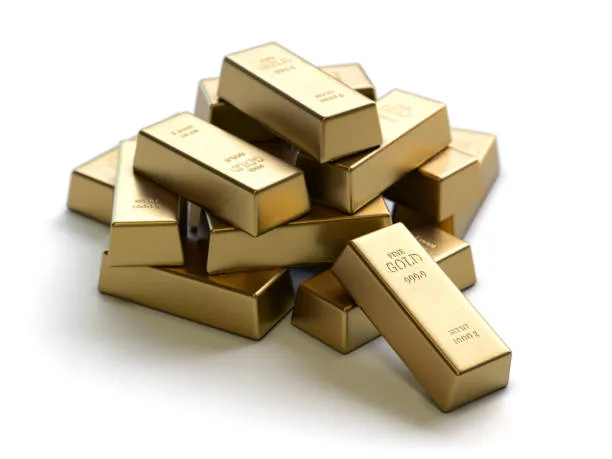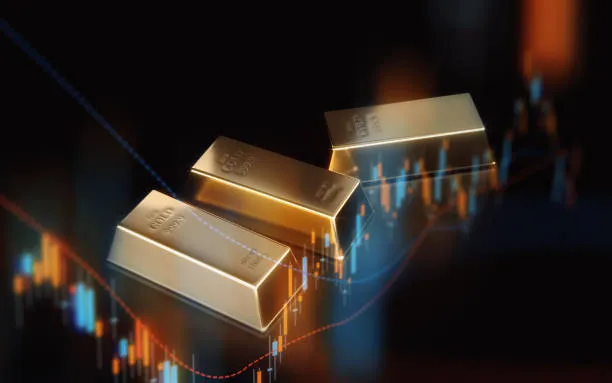The 18 Carat Gold Price, Feel Like a Rollercoaster Today, but You Can Ride in This Market Whatever the Price Is with Confidence as Below.
Have you ever attempted catching up with prices of gold? The next minute they are up. Blink-it-whoosh, they have fallen. To everybody pine or interested in jewelry, investment or to learn what the fascination of gold is, to keep a real time record of the 18 carat gold price really is a necessity and nerve wrecking as well. So do not be scared to run away screaming, due to the influx of numbers and jargon. We will pull these trackers apart like cats do with their prey (or maybe, no, scratch that analogy, like dolphins do with their prey), and tell you why they quote in different units and explain the ever changing scribble and intersecting numbers.
The Attraction of 18 Carat Gold: Not only the Glitter
Apart from bling, Gold is a piece of culture, history and economics. The variety of 18 carat is a particular success—not quite as pure as the 24 carats (this is rather soft not to be used in everyday work) but higher grade than 14 carats. Therefore, it is treasured due to its softness and toughness at the same time. The 18 carats part implies that the piece of metal contains 75 per cent gold and the rest of it is alloys (copper or silver). It may happen that you have already crossed paths with 18 carat through purchasing a wedding ring or gold chain.
So how do you know that you are getting a good deal today or tomorrow or next week?
In comes real-time price monitors.
What are Real Time Gold Price Monitors?
Think of a busy market place. Prices keep on changing and are dependent on traders, rumors, supply, and demand. The same method is applied to real-time price trackers—they observe multiple streams of data, tally up the current figures, and vomit out a value that will be accurate in the one-second’s window.
Most commonly such digital tools are accessible in the form of:
- Mobile apps
- Dedicated websites
- Browser extensions
- Desktop widgets
They exploit feeds of commodity markets; in many cases citing sources such as the London Bullion Market Association (LBMA) or large financial websites. And some ping sources several times a second, so you have as up-to-date numbers as your morning coffee.
Why Real-Time Is Important-to the Buyers, Sellers and the Curious
There are no brakes on life. The prices of gold change quicker. And the uptick or the dip might be in one direction or another, even by a modest amount, say, 10 bucks per ounce, when you are a jeweler who will be hedging on your margins, or a casual investor who wants to time your entry. The real-time trackers provide you that lightning speed information. No more guessing or waiting till evening news.
Assume that the stock market jitters hike the price of gold. The price jumps up on your phone. That will be your clue. The faster means everything when you go against dozens of other buyers reacting simultaneously.
Unraveling the Units: Ounces, Grams, and Tolas, and so On
This is where the waters muddle. The unit is not always evident whereas the price is. The price quoted on 18 carat gold is quoted per:
- Gram (g)
- Ounce (oz typically, troy ounces)
- Tola (South Asia chiefly)
- Pennyweight (i.e. in North America)
All right, let us make these down into parts.
- Grams:
The worldwide resource. Simple to the common person and absolutely necessary in retail jewelry shopping. A troy ounce is about 31.1 grams. Easy conversions though have your calculator ready.
- Ounces:
Not your kitchen troy ounces (avoirdupois ounce), most of them. This is a unit that jewelers and investors just fall in love with, especially in international trade.
- Tolas:
Well-liked in India, Pakistan and Middle East. One tola, one tola, etc ripples throughout the bazaars. Approximately there are 11.66 grams per tola.
- Pennyweight:
Lesser known. North American usage, the same amount as 1/20 a troy ounce (approximately 1.555 grams).
Depending on your unit, each one can provide you with a roller coaster number. This is not some sort of deception it is all about cutting the golden cake in other ways. Considering prices, you should always look out twice before comparing your units and you might believe that you have opened a vein of gold when only a food hole is there!
The Method of Using Price Trackers without Going mad
Select Your Currency: The majority of the trackers allow switching among dollars, euros, pounds, and rupees, et cetera. This counts—particularly in international borders.
Carat Settings: Only carat rates on 24 are available, the others may not be found, or the filter must be set. There are calculators where the percentage of the gold is entered in order to perform independent calculations.
Time Your Buy: You have your eyes on a necklace? See a drop on your monitor? This is usually the indication to purchase. However, be careful not to be greedy as prices will come back on you in the short term.
Tendencies of the Past: OK, great, real-time. However, sometimes the past (yesterday or last year) has a fuller account. Most trackers allow you to see price charts of days, weeks, months, or even decades.
Market News: There are also some trackers which include a sidebar of financial headlines. Rates are driven by global crises, decisions of central banks or an upbeat marriage season in India.
Warnings and Hazards to Watch
A tracker is as good as its source is. When using an app, ensure that it offers you information of reputable exchanges. Be wary of little websites with out of date or totally inaccurate pricing. Remember as well that market rates can be substantially lower than that given by a local jeweler—that is to cover labor costs, making fees, or local taxes added on.
There will be great fluctuations with the different units or currencies sometimes. In which case, recheck your math and see that you aren’t confusing troy ounces with the ordinary ones, dollars with rupees at yesterday swapped rates.







